Vietnam: What is the sample essay on analysis of the Image "The Moon Hangs on the Gun Muzzle" at the end of the Poem "Đồng Chí"? Is improving people’s knowledge a goal of education?
What is the sample essay on analysis of the Image "The Moon Hangs on the Gun Muzzle" at the end of the Poem "Đồng Chí"?
Introduction:
"Đồng Chí" by Chinh Huu is a representative poem in the anti-fascist poetry of Vietnam, praising the camaraderie and love for the homeland of soldiers on the battlefield. With a simple, sincere writing style, the poem portrays the image of soldiers in hardship while still shining with optimism and a love for life. Especially, the image "The Moon Hangs on the Gun Muzzle" at the end of the poem is a unique creation that embodies both the heroism and the lyrical, romantic aspect of soldiers. This image not only concludes the poem with a special beauty but also opens up deep layers of meaning about the soul and spirit of Vietnamese soldiers.
Body:
In the last lines of the poem, Chinh Huu creates a special scene for the soldiers:
"Tonight, the wild forest frost is cold
They stand side by side waiting for the enemy
The Moon Hangs on the Gun Muzzle"
(“Đêm nay rừng hoang sương muối lạnh
Đứng cạnh bên nhau chờ giặc tới
Đầu súng trăng treo”)
Amidst the dark night scene in the desolate mountains, with cold seeping through thin layers of clothing, soldiers stand guard, waiting for the enemy in silence and high concentration. "Tonight, the wild forest frost is cold" evokes the bitter cold of the Viet Bac forest night, not only the physical cold but also the lurking dangers. However, they still stand side by side, forming a strong bond to overcome the harshness of nature and the tension of battle.
In this context, the image "The Moon Hangs on the Gun Muzzle" emerges, merging reality with imagination. "The gun muzzle" is a symbol of war, violence, death, and the duty of homeland defense by soldiers. It represents strength and bravery, something always carried by soldiers, never left behind. Conversely, "The Moon Hangs" is a poetic, lyrical, and romantic image. The gentle moonlight shines through the forest, evoking a sense of peace and the romantic beauty of nature amidst the night silence.
The combination of "the gun muzzle" and "the moon hangs" creates a unique and powerful symbol. "The gun muzzle" - a representation of war, explosions, and fire - and "the moon hangs" - a symbol of nature, peace, and tranquility, seem completely opposite in meaning. Yet, when standing together, they form a harmonious and complete image, reflecting the two sides of a soldier's life: both heroic and strong, yet romantic and delicate. This image emphasizes that even in intense warfare, soldiers retain a pure, optimistic, loving spirit. The moonlight is like a companion, comforting soldiers during cold ambush nights, easing the tension of war.
Moreover, "The Moon Hangs on the Gun Muzzle" is an emblem that represents camaraderie and the ideals of soldiers. They stand together, sharing all hardships and sorrows, and overcoming challenges with an active mindset. Even though the war is difficult, soldiers maintain their spirit and resilience. Meanwhile, the moonlight suggests peace, homeland, and the soldiers' hope for peace. The moonlight illuminating the stillness reminds them of home and loved ones waiting and longing for their return.
In Vietnamese poetry, the moon often appears as a symbol of beauty, and tranquility, and as a confidant during hardships. Chinh Huu skillfully integrates the moon's symbol into the image of "the gun muzzle," not only expressing romance but also highlighting the soldiers' optimistic spirit. Standing amidst the dark night and cold dew, they do not feel lonely or lost because of warm camaraderie and soothing nature. The moon hanging on the gun muzzle conveys that, in any situation, soldiers maintain composure, preserving their noble souls against the brutality of war.
Conclusion:
The image "The Moon Hangs on the Gun Muzzle" is a wonderful highlight in the poem "Đồng Chí", showcasing Chinh Huu's mastery in combining reality and romance. This image is not only a beautiful painting of life on the battlefield but also carries profound symbolic meaning for the spirit of soldiers. With simple yet emotional poetry, Chinh Huu vividly depicts the beauty of soldiers - both resilient and strong, yet romantic and life-loving. The poem "Đồng Chí" has left a strong impression, not only because of its successful language use but also for images like "The Moon Hangs on the Gun Muzzle" - the poem's most successful image, evoking pride and appreciation for the soldiers who sacrificed for the nation's independence and freedom.
Note: The content is for reference only!
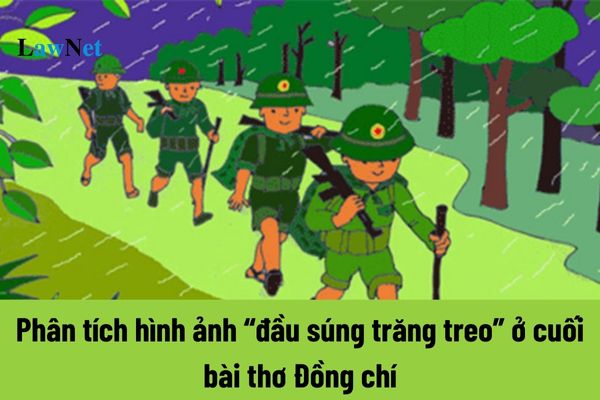
What is the sample essay on analysis of the Image "The Moon Hangs on the Gun Muzzle" at the end of the Poem "Đồng Chí"? What are the goals of education? (Image from the Internet)
What are the perspectives on developing the Literature curriculum in Vietnam?
According to the General Education Curriculum for Literature issued with Circular 32/2018/TT-BGDDT, perspectives on developing the Literature curriculum in Vietnam are as follows:
The Literature curriculum adheres to the basic regulations stated in the General Program while emphasizing several perspectives:
- The Literature curriculum is developed on theoretical and practical foundations, updates on research achievements in education, psychology, and teaching methodology of Vietnamese literature; achievements in literature and linguistics research; achievements in Vietnamese literature across various periods; experiences in developing Vietnamese literature curricula, particularly from the early 21st century until now, and international trends in curriculum development in general, and the Literature curriculum in particular over recent years, especially from developed countries; societal practice, education, economic conditions, and Vietnamese cultural tradition, especially the diversity of students in terms of regions, conditions, and learning abilities.
- The Literature curriculum focuses on training communication skills (reading, writing, speaking, and listening) as a central theme throughout all three education levels to meet the program's capacity-oriented direction and ensure coherence and continuity across all grades and levels. Fundamental, foundational knowledge about the Vietnamese language and literature is formed through activities in comprehending and creating texts; directly serving the requirement of training in reading, writing, speaking, and listening skills.
- The Literature curriculum is developed with an open approach, reflected in not specifying detailed teaching content but stipulating the outcomes needed in reading, writing, speaking, and listening for each grade; delineating some basic, core knowledge about the Vietnamese language, literature, and some texts with a significant, crucial position in national literature as mandatory content for students nationwide.
- The Literature curriculum meets both the innovation requirements and emphasizes inheriting and enhancing the strengths of existing Vietnamese literature curricula, especially the current one.
Is improving people’s knowledge a goal of education in Vietnam?
According to Article 2 of the Education Law 2019, the specific objectives of education are regulated as follows:
Goals of education
The goals of education are to educate the Vietnamese into comprehensively developed persons who possess ethics, knowledge, education, physical health, aesthetic sense and profession; to shape and cultivate one's dignity, civic qualifications and competence; to nurture one’s patriotism, national spirit, loyalty to the ideology of national independence and socialism; to develop potentials, creativity of each individual; to improve the people’s knowledge and manpower, to foster talents, satisfying the demands of the construction and defense of the Fatherland and international integration.
Thus, according to the legal regulations, improving people’s knowledge is a goal of education in Vietnam.
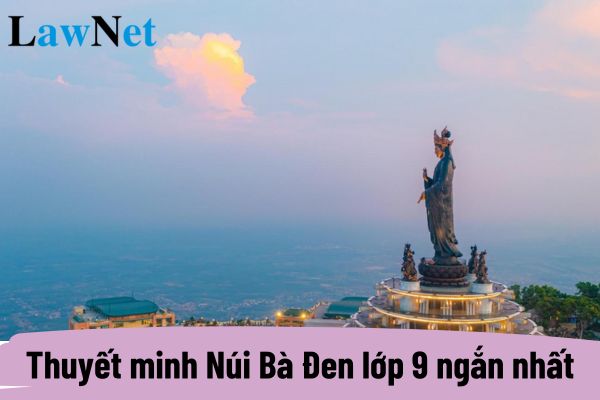
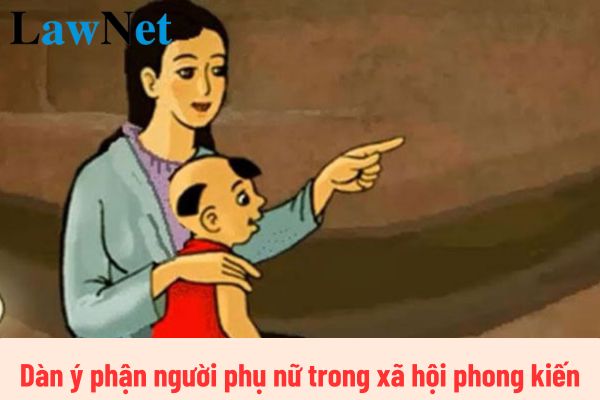
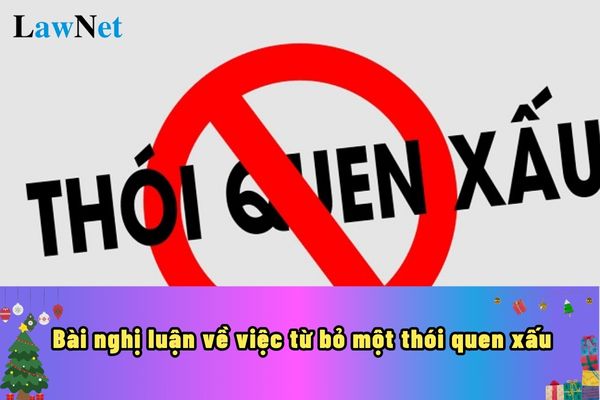

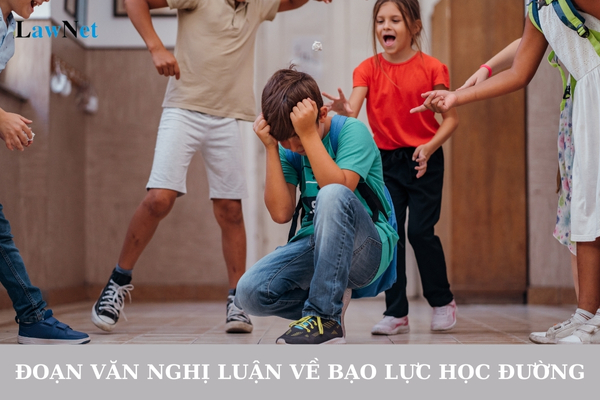


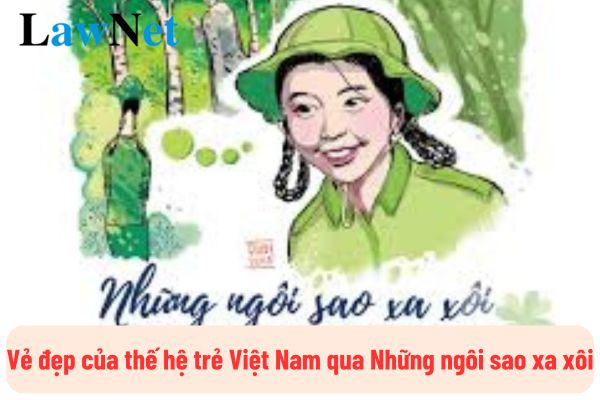
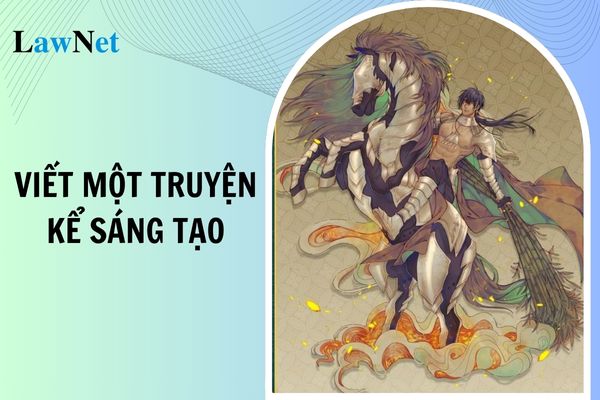

- Vietnam: What is the sample outline of an essay on the analysis of expressions of national spirit in the Poem "Việt Bắc" for 12th-grade students? What patriotic qualities are required for 12th-grade students?
- Vietnam: What are your thoughts on the Poem "Tiếng ru" by To Huu? How many lessons are there in the 12th-grade Literature curriculum per year?
- What are the sample essays describing your grandfather for 5th-grade students in Vietnam? What are the assessment criteria for 5th-grade students in 2024?
- Vietnam: What are the sample social argumentative essays on social media etiquette for 10th-grade students? What Vietnamese knowledge do 10th-grade students learn?
- Vietnam: Why is the French Bourgeois Revolution considered the most thorough one? What learning outcomes are required for 11th-grade students after studying the bourgeois revolution?
- Vietnam: What is the atmosphere? What is the grade at which students are required to master the knowledge of the atmosphere in the History and Geography curriculum?
- Vietnam: Why does the phenomenon of day and night alternation occur on Earth? What is the grade at which students learn about the phenomenon of day and night alternation on Earth?
- What is the newest report template on distance education at the higher education level in Vietnam?
- Vietnam: What are the shortest sample expositions on Ba Den Mountain for 9th-grade students? What learning outcomes are required for the writing process in the 9th-grade Literature curriculum?
- In Vietnam, what does local time mean? What is the grade at which local time is taught in the History and Geography curriculum?

